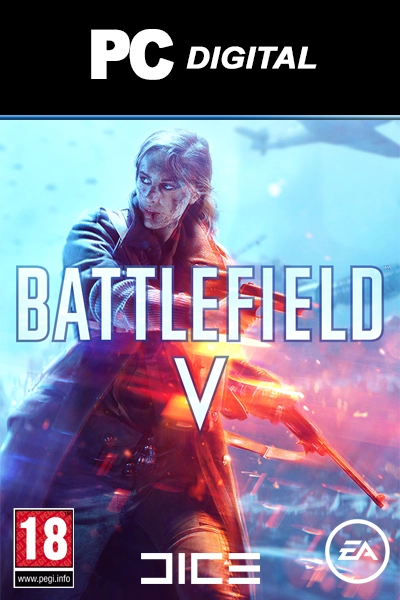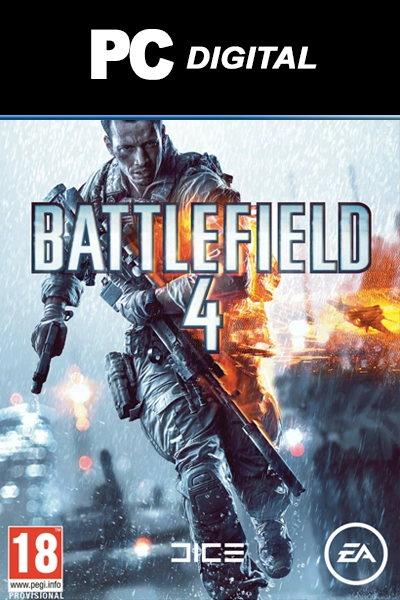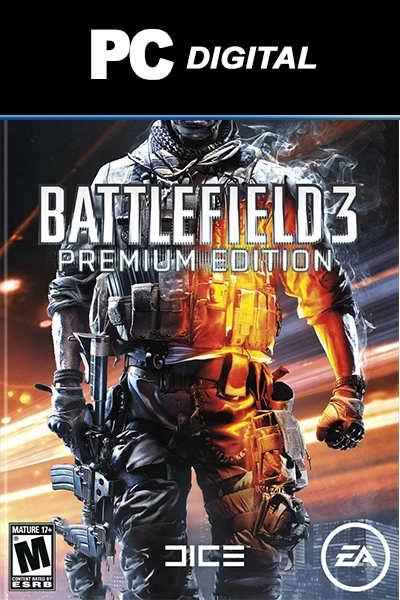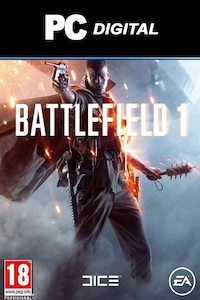Battlefield: The Story of All-Out Warfare
Exploring its evolution from the groundbreaking Battlefield 1942 to the upcoming Battlefield 6. Discover how DICE pioneered large-scale, all-out warfare with a unique blend of infantry combat and vehicle battles, and how the series has consistently innovated with features like destructible environments and dynamic gameplay.
Humble Beginnings: The Dawn of 64-Player Chaos
The journey began with Battlefield 1942, a groundbreaking title that threw players into the heart of World War II. What set it apart was its immense scale, supporting up to 64 players on massive maps and allowing them to pilot a wide range of vehicles, from tanks and jeeps to fighter planes and battleships. The series’ iconic Conquest mode was born here, tasking teams with capturing and holding control points to drain the enemy's "tickets" and secure victory. This emphasis on combined arms and strategic objective control over simple kill-death ratios became the core DNA of the franchise.
The success of Battlefield 1942 led to a series of titles that expanded on this winning formula. Battlefield Vietnam (2004) brought the intense conflict to a new setting, introducing licensed 1960s music and asymmetrical gameplay. It was with Battlefield 2 (2005), however, that the franchise truly entered the modern era. Set in a fictional conflict between the U.S., China, and the Middle Eastern Coalition, Battlefield 2 introduced the Commander mode, allowing one player to direct their team from a top-down perspective, calling in artillery strikes and providing intel. This deepened the strategic layer, solidifying the series' reputation for intense, team-focused multiplayer.
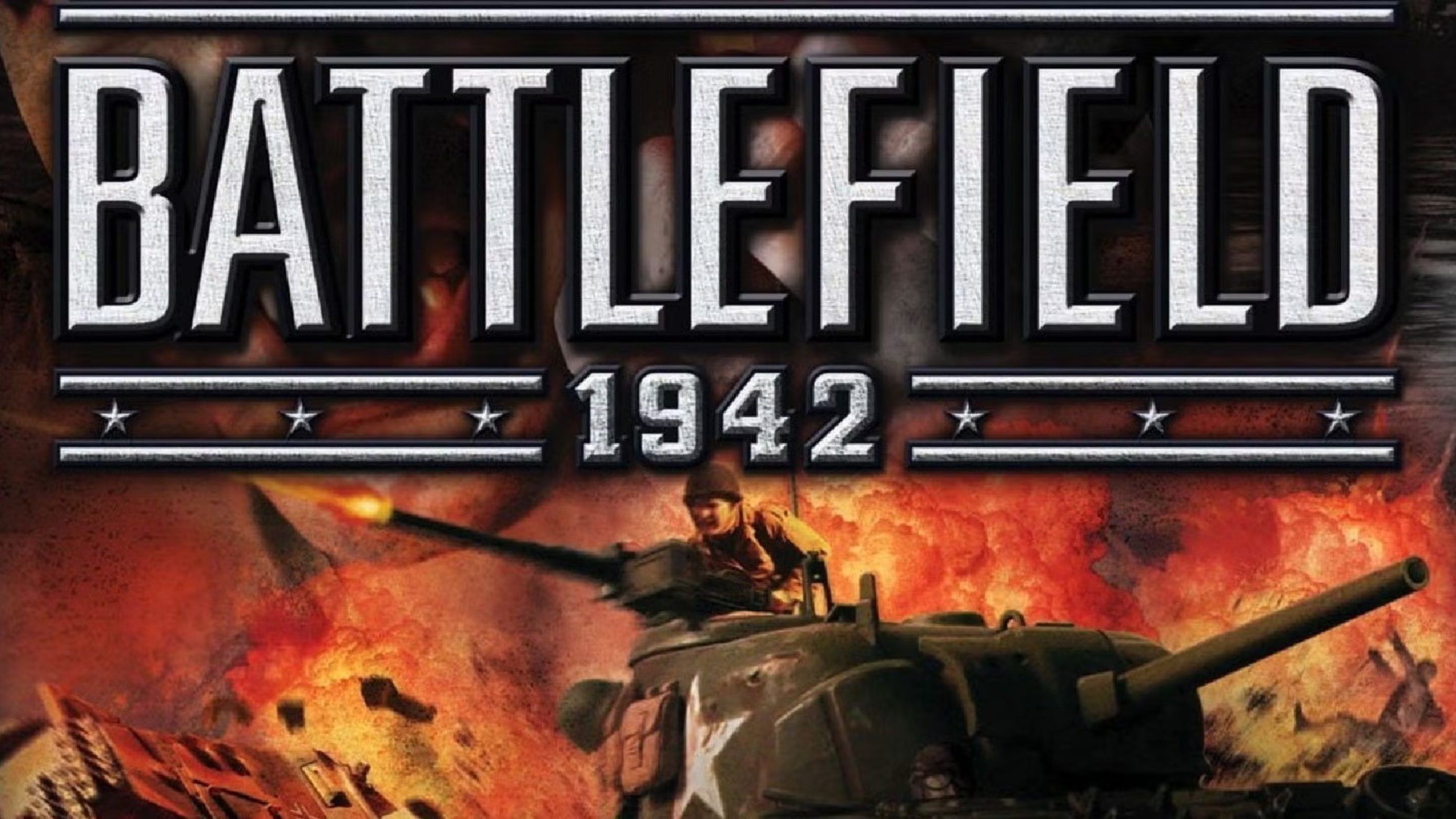
Frostbite and the Era of Destruction
The next major leap came with the introduction of the Frostbite engine. Games like Battlefield: Bad Company (2008) and its sequel Battlefield: Bad Company 2 (2010) brought a new level of destructibility to the series. Players could now blow holes in walls, collapse buildings, and fundamentally alter the battlefield in real-time. This "Levolution" as it would later be called, wasn't just a visual spectacle—it was a core gameplay mechanic that added a dynamic, unpredictable element to every match. The Bad Company games also introduced more character-driven single-player campaigns, offering a more lighthearted and cinematic experience compared to the purely multiplayer-focused titles.
Battlefield 3 (2011) and Battlefield 4 (2013) refined this modern warfare formula, leveraging the power of new consoles and PC hardware to deliver stunning visuals and even bigger battles. The Conquest mode was now bigger and more chaotic than ever, with 64-player matches becoming the standard on consoles for the first time. The Levolution concept reached its peak in Battlefield 4, with entire skyscrapers collapsing and huge storms changing map layouts mid-game. Despite some launch issues, these games are still widely celebrated for their intense multiplayer action and dynamic gameplay.
The Past, Present, and Future of War
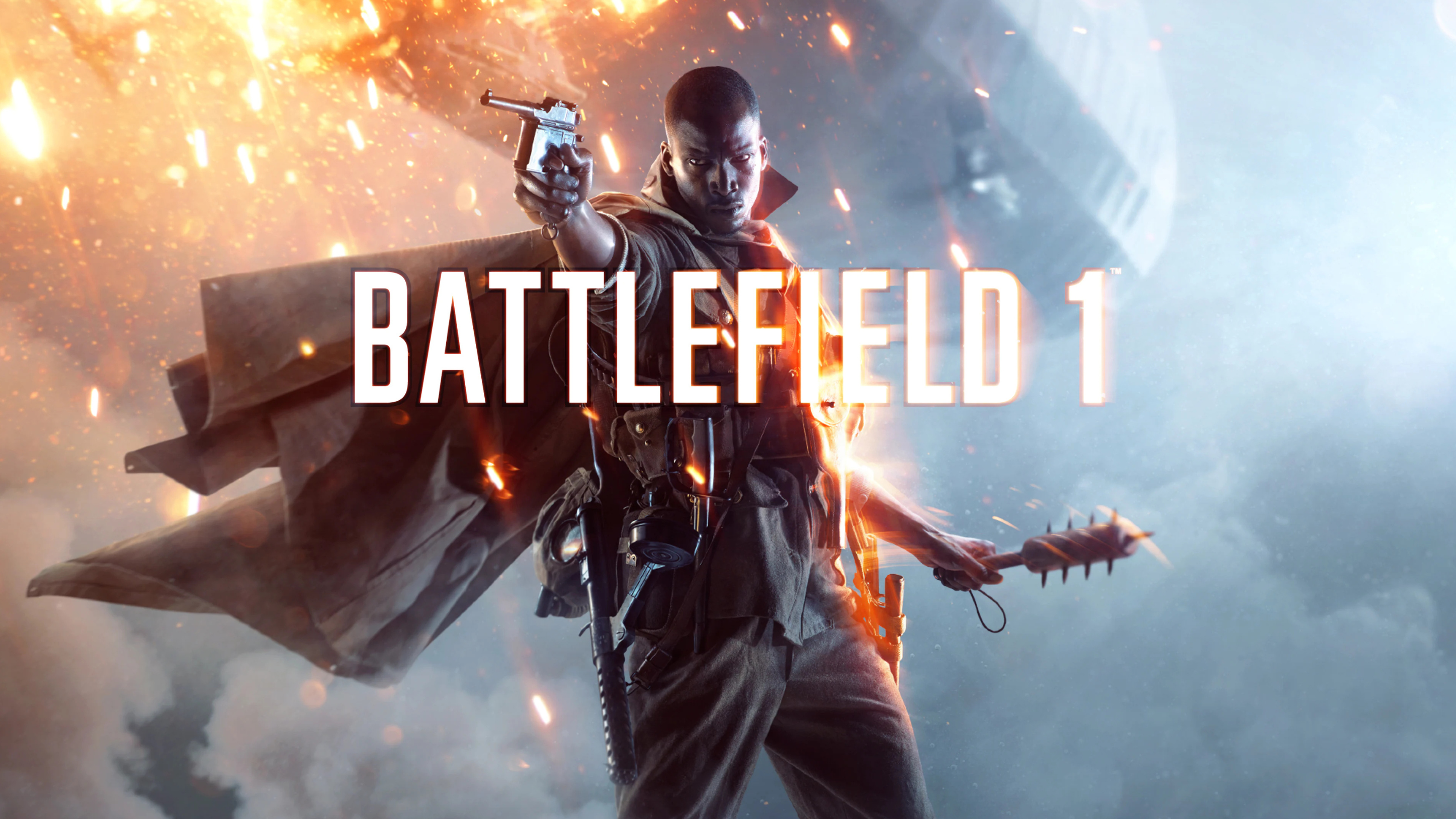
DICE then surprised everyone by turning back the clock. Battlefield 1 (2016) plunged players into the gritty, brutal chaos of World War I. This was a masterstroke, proving the franchise could thrive in a historical setting by embracing the unique weapons and vehicles of the era, from horses and zeppelins to bolt-action rifles and poison gas. The game’s episodic single-player "War Stories" offered a powerful and emotional look at the human cost of the war. Battlefield V (2018) continued this trend with a return to World War II, focusing on lesser-known battles and factions, and introducing new mechanics like fortifications and a more squad-focused revive system.
Most recently, Battlefield 2042 (2021) brought the series back to a near-future setting, featuring massive 128-player battles and dynamic weather events. While its initial launch was met with mixed reviews, ongoing updates have worked to bring it closer to the classic Battlefield experience, showing a commitment to evolving the franchise based on community feedback.
Battlefield 6: Returning to Form
Looking to the future, Battlefield 6 is poised to continue this legacy of all-out warfare. Scheduled for an official launch on October 10, 2025, this new title aims to return to the series' roots by reintroducing the classic class system with defined roles for Assault, Recon, Support, and Engineer. Early glimpses and the recent Open Beta have showcased a renewed focus on tactical destruction and a new "Kinesthetic Combat System" to improve movement and gunplay. With a return to a more modern-day setting and an emphasis on team-focused gameplay, Battlefield 6 looks to be a pivotal moment in the franchise's history.
The Enduring Story of Battlefield
From its groundbreaking introduction of large-scale, 64-player combat to its ongoing commitment to innovation with destructible environments and dynamic gameplay, the Battlefield franchise has left an indelible mark on gaming. It is a series built on the simple, yet profound, idea that the chaos of all-out warfare can be a thrilling and tactical playground. With a rich history spanning over two decades, Battlefield remains the undisputed king of combined arms combat, and its future continues to be a highly anticipated chapter for gamers worldwide.

